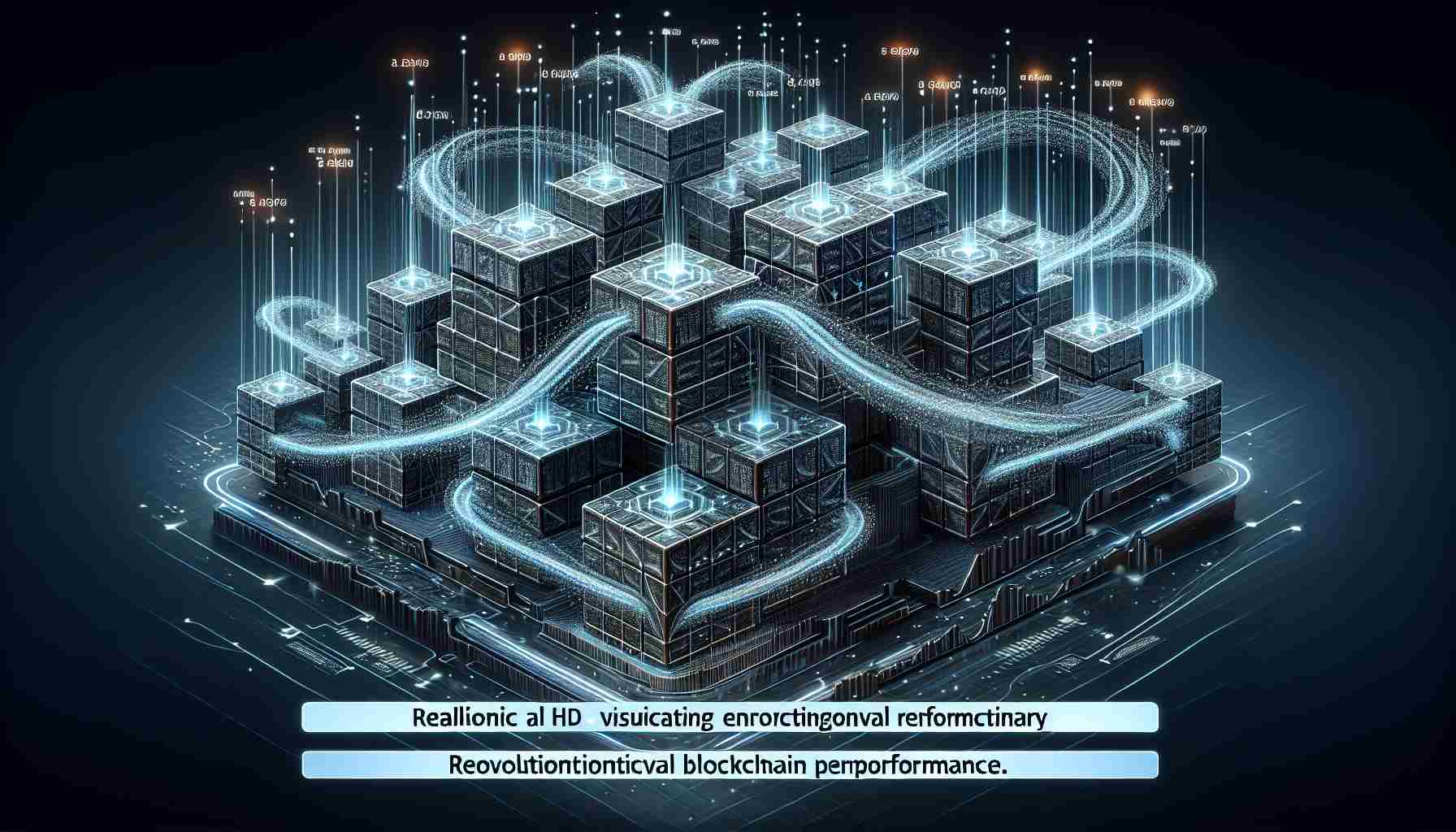Understanding Litecoin’s Current Market Challenges
Litecoin, the veteran digital currency, is currently facing a series of conflicting market indicators. With a slight 2% gain, there are hints of positive momentum, yet the appearance of a “death cross” on its trading charts raises concerns about a potential downturn. The number of active Litecoin addresses is on the rise along with its social media buzz, suggesting increasing trader engagement.
Worldcoin Hits Stride With Significant Value Surge
Worldcoin, on the other hand, is turning heads with a striking 300% boost in value in a mere ten days, climbing to a remarkable $9. Bolstered by a surge in user base to over 13,800 through new funded addresses and a global initiative to register World IDs, Worldcoin’s surge reflects a well-grounded optimism for its future growth.
BlockDAG Shatters Expectations with High-Speed Transactions
Breaking ground in the blockchain domain, BlockDAG makes waves with its singular lean approach to processing transactions using its Directed Acyclic Graph technology. Such innovation has led to the token’s growth, with the capacity for lightning-fast confirmations while maintaining an uncompromised level of security. The BDAG coin is central to the system’s operations, enabling peer-to-peer transfers and the upkeeping of the network’s robust infrastructure.
What truly sets BlockDAG apart is its promise of scalable and high-speed transaction handling. A network throughput of up to 15,000 transactions per second at low costs translates into potentially massive profits, with projections of up to 30,000x ROI, highlighting BlockDAG’s exceptional potential in the digital transaction sphere.
A New Era of Blockchain Dominance with BlockDAG
As it carves its niche, BlockDAG boasts a formidable market debut, capturing over $53.8 million in presale funds. This level of market confidence is a testament to its reliable and progressive technology that promises substantial investment returns, positioning BlockDAG as a prime target for investors eager to partake in the dynamic world of cryptocurrencies.
BlockDAG’s presale is presently offering a unique opportunity to get involved with this emerging technological marvel, promising a striking blend of efficiency and security for digital transactions.
Understanding the BlockDAG Protocol
The BlockDAG protocol represents an alternative to the traditional blockchain system by offering a solution that addresses scalability and transaction throughput issues inherent in blockchain technology. Whereas standard blockchain systems like Bitcoin work with a single chain of blocks, the BlockDAG utilizes a Directed Acyclic Graph (DAG) structure. This allows for blocks to be linked in a graph that is not strictly linear, enabling parallel processing of transactions.
Key Questions and Answers:
Q: What is the BlockDAG protocol, and how does it differ from traditional blockchain?
A: BlockDAG is a blockchain architecture that uses a Directed Acyclic Graph (DAG) for structuring blocks. Unlike traditional blockchain that arranges blocks in a single linear chain, BlockDAG’s DAG structure allows for multiple chains to coexist and interweave, supporting higher throughput by processing transactions in parallel.
Q: How does BlockDAG improve transaction speed and scalability?
A: BlockDAG’s DAG architecture increases transaction speeds by allowing for simultaneous addition of blocks to the network, rather than waiting for a single block to be added to a chain. This parallelism significantly enhances scalability by managing larger volumes of transactions per second compared to traditional blockchains.
Key Challenges and Controversies:
The adaptation of BlockDAG protocols faces several challenges. One such issue revolves around network security, as the DAG structure can be potentially less straightforward to secure against double spending and other attacks than a linear blockchain design. Additionally, ensuring fair mining practices and reaching consensus can also present new complexities not faced by traditional blockchain systems.
Advantages of BlockDAG:
– Improved Scalability: Ability to process more transactions concurrently, which results in higher transaction throughput.
– Lower Costs: The efficiencies gained in transaction processing could result in lower transaction fees.
– Faster Confirmations: The structure enables faster confirmation of transactions, which is crucial for user experience and real-world applications.
Disadvantages of BlockDAG:
– Security Concerns: The unique architecture may present novel security challenges, necessitating further research and robust solutions to protect the network.
– Complexity: BlockDAGs can be complex to implement and understand, potentially hindering adoption among users who are accustomed to traditional blockchain structures.
– Consensus Mechanism: Developing a consensus mechanism for a DAG can be complicated since there may not be a universally agreed-upon chain of blocks to reference.
While the article does not provide a link to the BlockDAG’s main domain directly, for those interested in further exploration, it is important to conduct thorough research and visit legitimate sources of information about this technology. Be vigilant in verifying URLs to ensure they are the correct and official domains before engaging with any cryptocurrency or technology-related sites.



